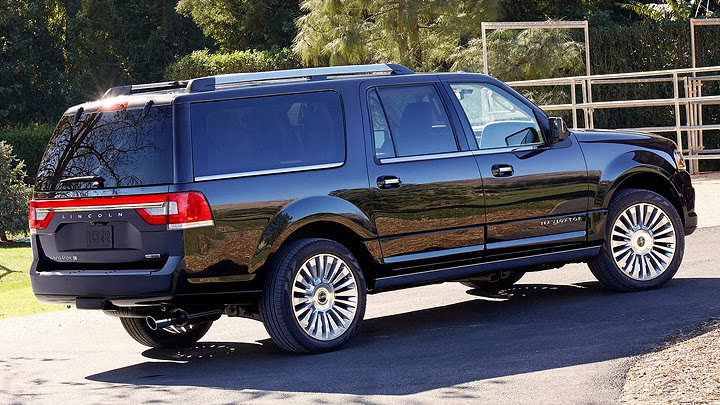 Some time ago, this blog mentioned what most automakers do when the latest design language they’ve started to use turns successful. Although some models follow the ideal solution of receiving a whole new project, others are just adapted to it, through major or minor facelifts. They claim the latter ones are still competitive enough to do without bigger changes, but the truth is sometimes they could be wrong. Updating a car is always great, but when you look to the big picture, there are some cases where such strategy just wasn’t what was needed.
Some time ago, this blog mentioned what most automakers do when the latest design language they’ve started to use turns successful. Although some models follow the ideal solution of receiving a whole new project, others are just adapted to it, through major or minor facelifts. They claim the latter ones are still competitive enough to do without bigger changes, but the truth is sometimes they could be wrong. Updating a car is always great, but when you look to the big picture, there are some cases where such strategy just wasn’t what was needed.
From every angle you look, Navigator confesses its conceptual origins. Derived from the outgoing Ford F-150, this project dates back to the early 2000s, when North-American automakers didn’t take ecologic cars seriously – hybrid and electric propulsions were still unpopular, their small cars were about 15-ft long, and dropping bigger cars’s V6 and V8 engines was simply not considered. Besides, Lincoln was having rough days back then, mostly because its lineup was composed pretty much by giving sophisticated materials to Ford vehicles and changing their badges. These facts are precisely what have made Navigator’s life each time harder. It became an old-fashioned SUV which can’t even rely on a strong personality, like Cadillac Escalade’s.
Therefore, the current facelift emerges as an attempt to solve both problems without spending more money than planned. When it comes to the outside, it seems like Lincoln’s designers started to work at the front with all the energy and became tired by the time of remodelling the rear. They did an amazing job with the automaker’s split-wing grille, which appears here with straight lines and looking not so tall, in order to adapt to the car’s particular proportions. The sides didn’t receive more than new wheels, but the rear… After starting with undersized lights and ten years later changing to a set that would look nice on a sedan (like the contemporary MKZ), Navigator’s latest tail lights seem to be a bad imitation of Dodge Durango’s.








However, while Navigator’s best pictures are clearly the front ones (specially at the long-wheelbase L version), the interior has nothing to be ashamed of. Most elements have rectangular shapes, which is appropriate for a big SUV because they give a feeling of solidness. The two-tone leather coating is combined to chrome and wooden accents, and yet manages not to look exaggerated. Despite the infotainment system’s touchscreen gives a hint of modernity, Lincoln updated it taking some functions back to physical controls – when you’re driving, knobs are still more intuitive to use than touching screens. Navigator seats up to eight, with the second-row team receiving two LCD screens capable of working with media players and videogames.
Lincoln decided to use a different “high-luxury strategy” on its SUV. Instead of the Black Label trim, there will be a Reserve package. It includes 22” wheels (there’s a 20” set as standard), power-retractable chrome running boards and premium leather coating. Besides, opening the hood reveals Navigator’s biggest attempt to look like a vehicle from nowadays: the 5.4L V8 was replaced with the EcoBoost 3.5L V6 engine which already appears at F-150’s options list. This propeller produces 370 hp and 430 lb-ft, and in this SUV it’ll be paired to the carried-over six-speed automatic transmission, whether with rear or all-wheel-drive. It also uses electric power steering and optional adaptive dampers, the latter offering three driving modes.